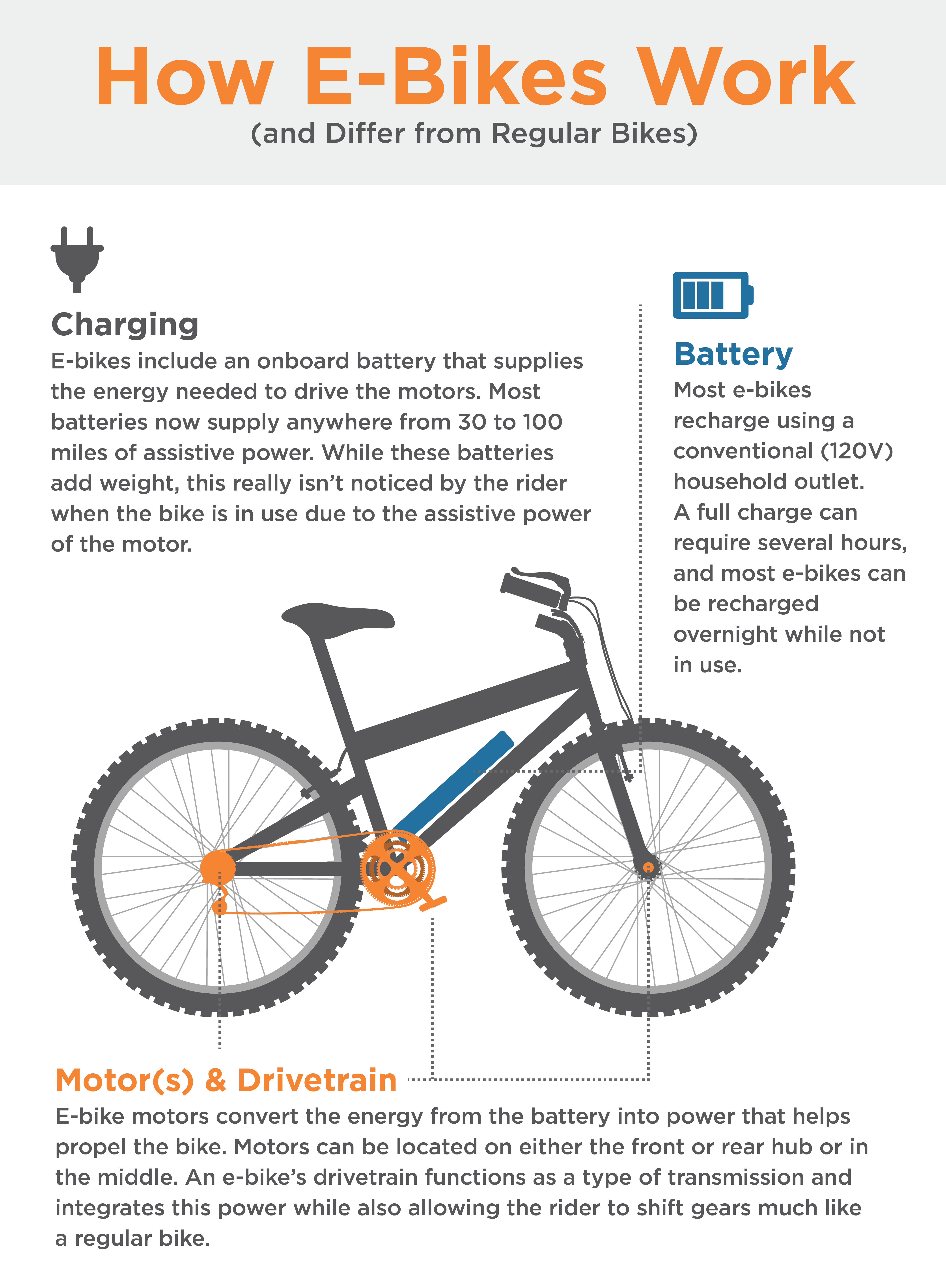Decoding E-Bike Classifications: An Overview Of Their Definitions
Decoding E-Bike Classifications: An Overview Of Their Definitions
Blog Article
Article Created By-Barefoot Conway
If you're considering acquiring an e-bike, recognizing the different courses is key in making a notified choice. You may be shocked at exactly how each course uses one-of-a-kind attributes that satisfy numerous riding preferences and lawful demands. From pedal-assist alternatives to throttle-controlled versions, each class has its benefits. So, prior to you select the excellent e-bike for your needs, it's essential to comprehend the distinctions between Course 1, Class 2, and Class 3 e-bikes.
Course 1 E-Bikes
Class 1 E-Bikes are specified as pedal-assist electrical bicycles that offer aid just when you pedal, discontinuing to do so as soon as you get to 20 miles per hour. These bikes are perfect for those searching for a little additional increase while still wishing to get some exercise. https://andyisbio.blogrelation.com/38360561/top-10-benefits-of-riding-an-electric-bike-for-your-everyday-commute -Bikes use a smooth transition between pedaling and electrical support, helping you overcome hills and fars away easily. The motor starts as soon as you begin pedaling, offering an all-natural and effortless adventure experience.
One of the key advantages of Class 1 E-Bikes is that they're permitted on many bike courses and trails where conventional bikes are permitted. This indicates you can explore new routes and enjoy the outdoors with no constraints.
Additionally, these bikes are environment-friendly and provide a sustainable setting of transportation, reducing your carbon footprint while still obtaining you to your location successfully.
Course 2 E-Bikes
Going on from the pedal-assist dynamics of Class 1 E-Bikes, Class 2 E-Bikes present a brand-new component right into the electric bicycle world. These e-bikes feature a spin throttle function, enabling you to ride without pedaling at all. With this enhancement, you have the choice to merely involve the throttle and allow the electric motor do the job, driving you forward easily.
Read the Full Post -Bikes are optimal for cyclists who might require a break from pedaling or need aid when beginning with a complete stop. This feature makes them particularly appealing for individuals with minimal mobility or those that want an even more leisurely riding experience.
However, it is necessary to keep in mind that Course 2 E-Bikes are still controlled by a speed limit of 20 mph, making certain safety and security and compliance with policies.
Class 3 E-Bikes
For riders seeking a more vibrant electric cycling experience, Class 3 E-Bikes offer boosted speed and efficiency compared to their Class 1 and Course 2 equivalents. Class 3 E-Bikes are referred to as "speed pedelecs" and can get to rates of as much as 28 miles per hour, giving a thrilling ride for those seeking an additional boost. These bikes come geared up with a pedal-assist system that begins when you start pedaling, making it simpler to keep greater rates with less effort.
One vital function of Class 3 E-Bikes is that they aren't limited to bike lanes just; they can likewise be used on roads where the speed limit is 30 miles per hour or reduced. This adaptability allows riders to browse through website traffic extra effectively while still taking pleasure in the benefits of electrical help.
However, it's important to bear in mind that some areas might have details policies relating to using Course 3 E-Bikes, so always examine neighborhood laws prior to hitting the trail.
Conclusion
So, now that you recognize the distinctions in between Class 1, 2, and 3 E-Bikes, you can make a notified decision on which type best suits your needs. Whether you prefer pedal-assist, throttle feature, or greater speeds, there is an E-Bike class available for you. Remember to consider your neighborhood laws and individual preferences prior to making your option. Pleased riding!
